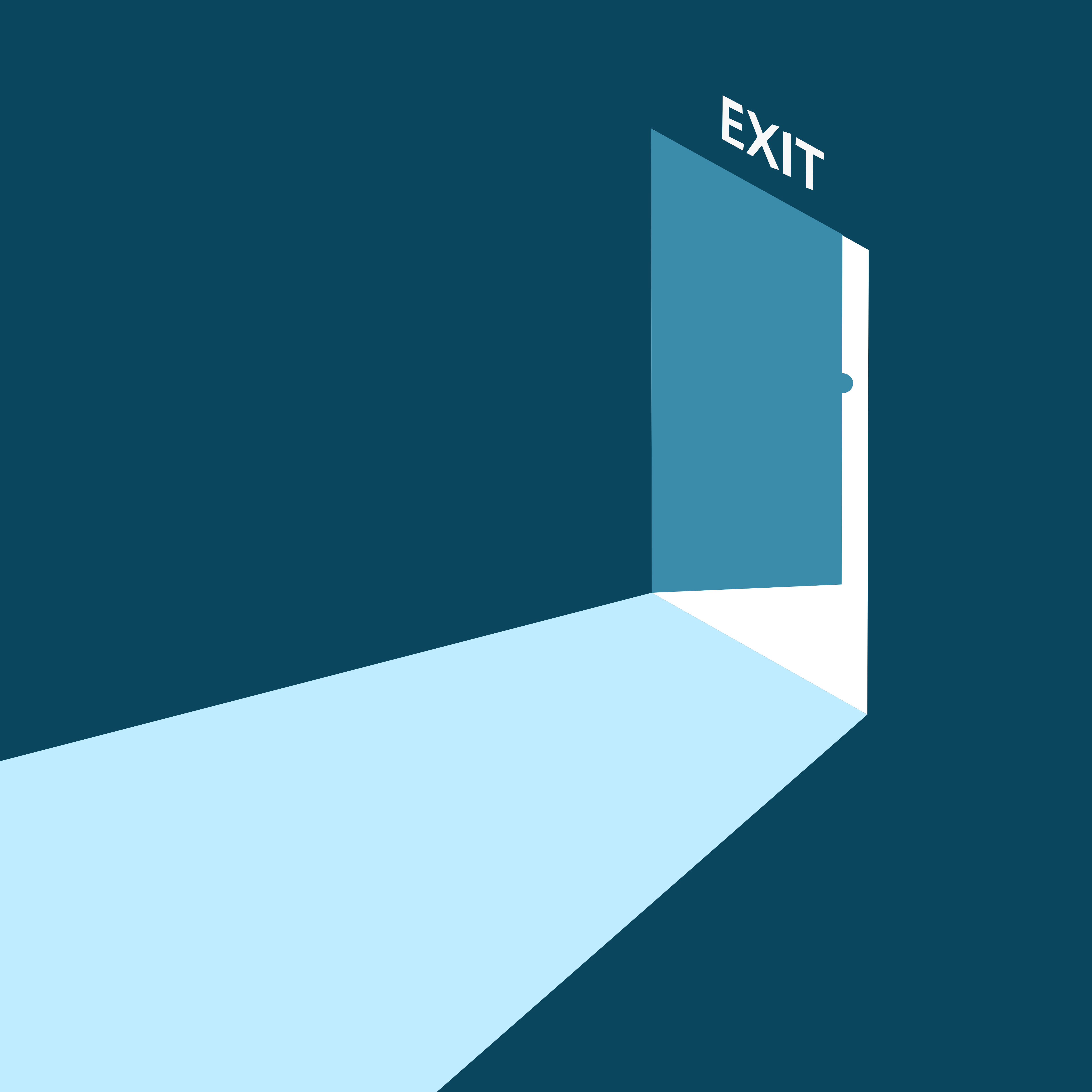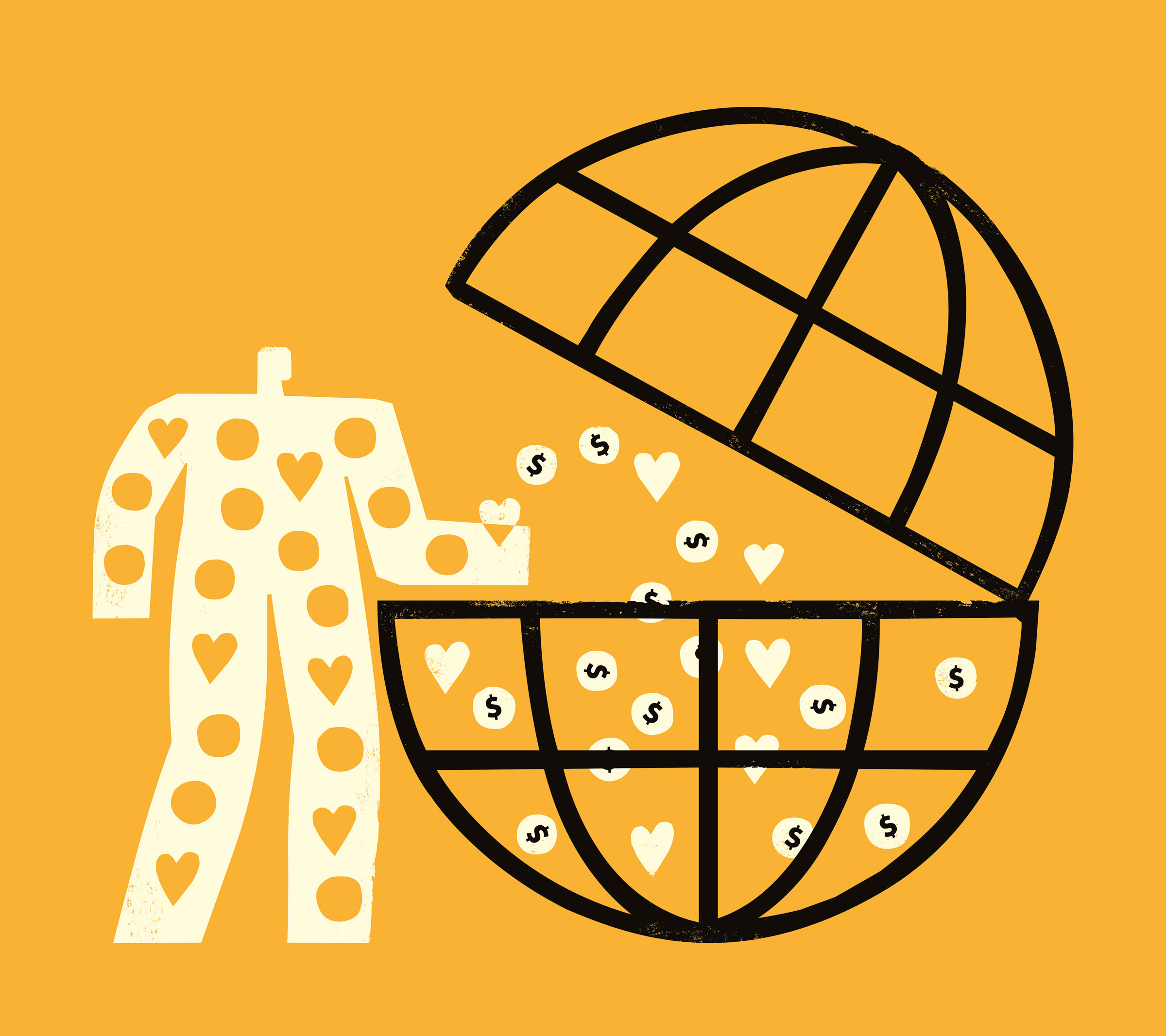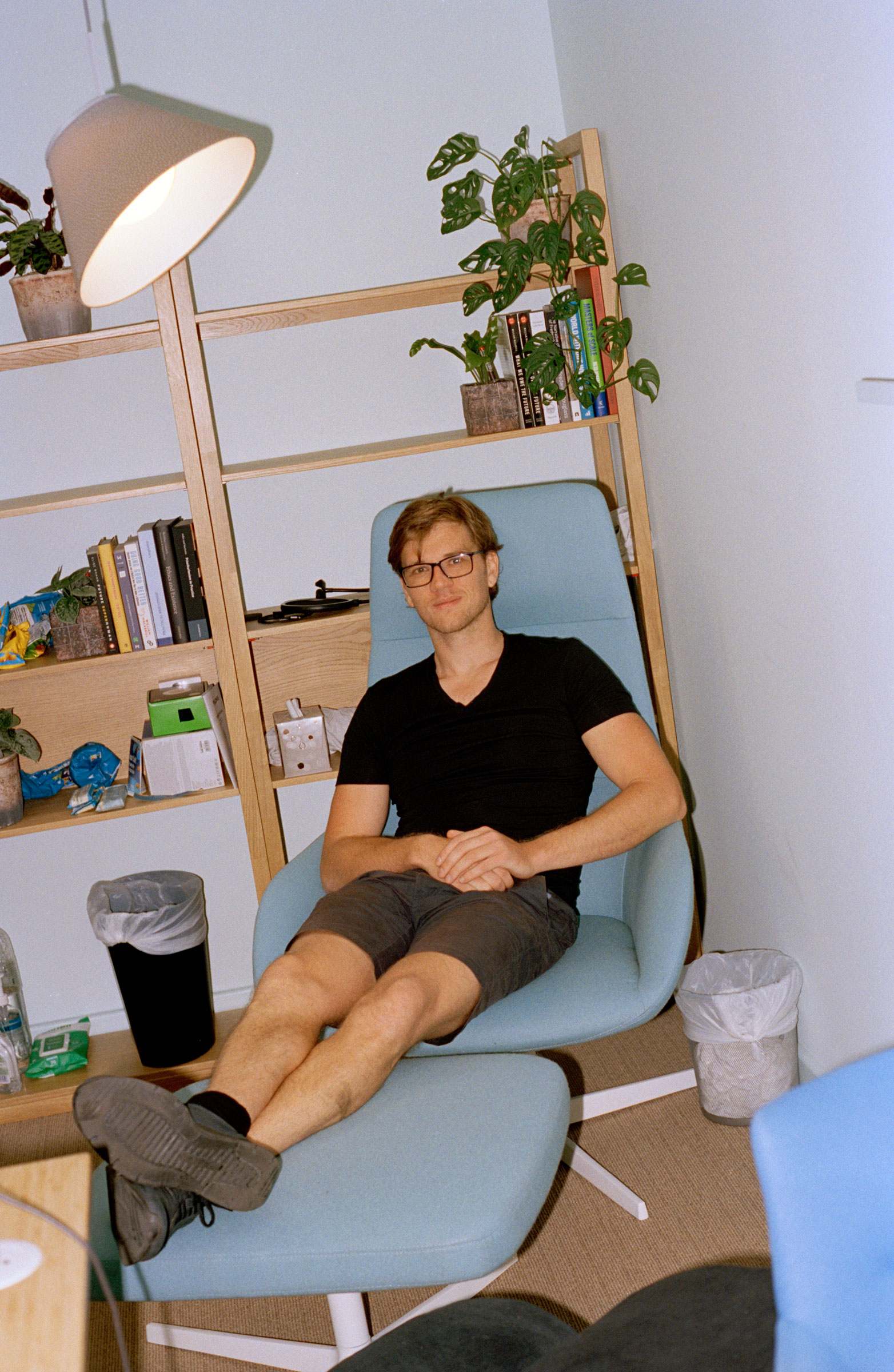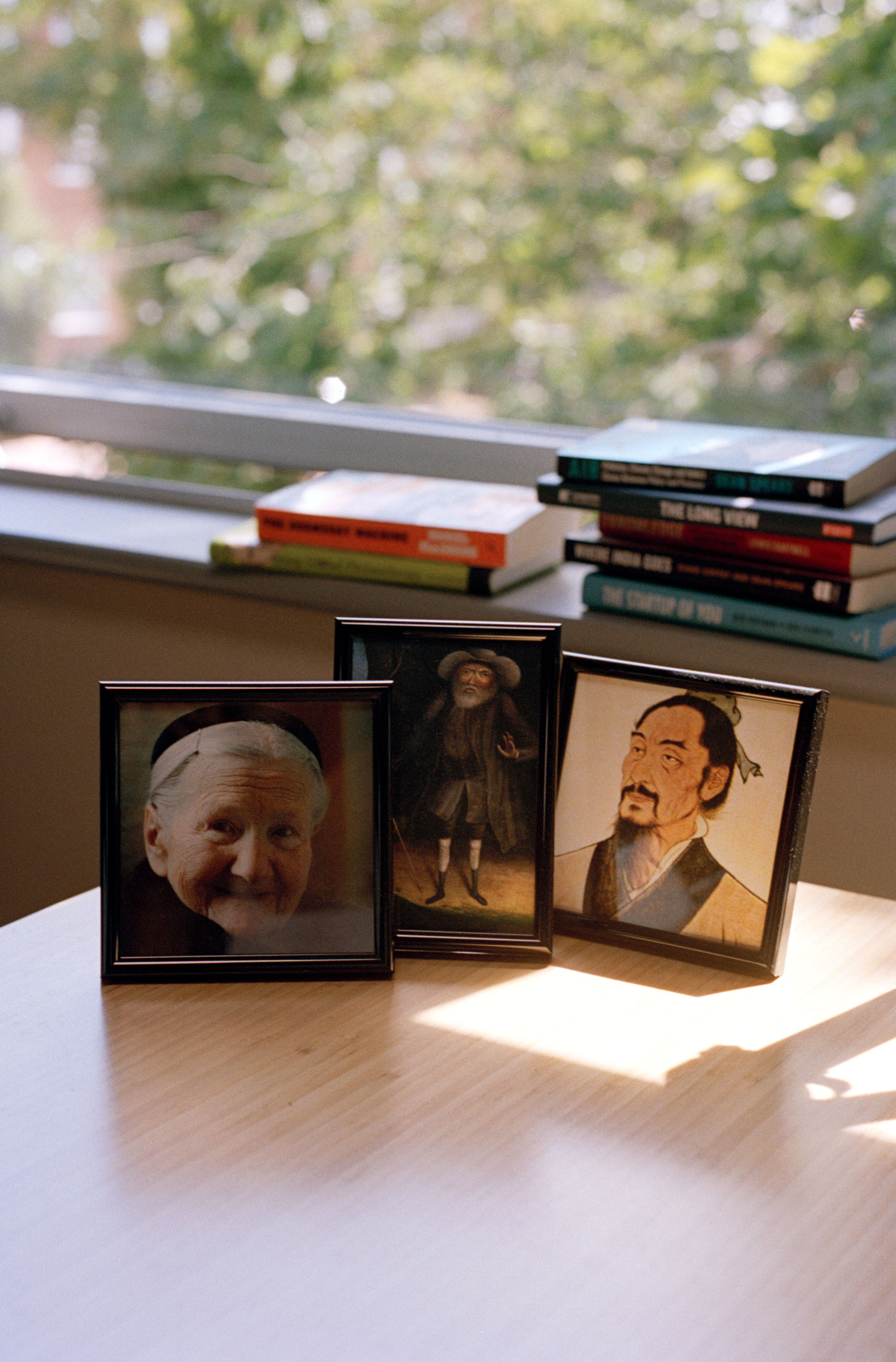What to Do
if You Think Your Boss
Is Trying to ‘Quietly Fire’ You
DO YOU KNOW. . .
DO YOU CARE. . .
Social media influencer DeAndre Brown was one of the first people to mention the term in a viral TikTok video on Aug. 24, where he describes “quiet firing” as a workplace that fails to reward an employee for their contributions to an organization, forcing them to leave their jobs.
“It works great for companies…eventually you’ll either feel so incompetent, isolated, and unappreciated that you’ll go find a new job, and they never have to deal with a development plan or offer severance,” wrote recruiter Bonnie Dilber in a viral LinkedIn post.
A recent Pew Research Center report shows that many employees cite low pay and no opportunities for growth as reasoning for the 20-year high resignation rate reached in November 2021.
As many workers share their experiences with “quiet firing” online, career experts encourage employees to be more vocal about their needs with their leadership and co-workers to combat the practice.
Speak to your manager
If you think you’re being quietly fired, “speak with leadership, advocate for yourself…and come together with other people who have the same needs as you do or who are looking for different changes in the workplace and then give it some time and see if those changes are actually made,” suggests Janice Gassam Asare, a Diversity, Equity, and Inclusion (DEI) and Racial Equity Consultant.
The idea of an employer effectively forcing an employee to resign isn’t entirely new. Constructive discharge—whereby an employer actively makes working conditions for an employee so unpleasant that they quit, has been widely practiced for many years. This could fall under the umbrella term of “quiet firing,” but so would neglecting an employee or divesting time, opportunities or resources away from a worker in a more passive approach that would also prompt a resignation.
“It’s happened for years,” says Annette Castro, a 22-year-old research technician at the Children’s Hospital of Philadelphia. Castro worked at an ice cream shop in Philadelphia for two years to get through college, and was eventually promoted to become a night manager. But when Castro took off two weeks—which she had requested months in advance—she was left off of the upcoming schedule after she returned. Castro inquired about her hours but did not receive any response. “I feel like I was ghosted by my company,” Castro tells TIME.
Castro’s experience mirrors a workplace norm that the younger generation is bringing attention to—one that often opts for a lack of communication that is not conducive to a productive work environment.
Look for others to help advocate for you
At the root of “quiet firing” is poor communication, suggests Jessica Kriegel, Chief Scientist of Workplace Culture at Culture Partners. “If a manager is conflict avoidant, or afraid of having a difficult conversation, then they might not… have the guts to tell the truth about how you are perceived within the organization and the work that you’re doing,” Kriegel tells TIME.
Kriegel also suggests that managers themselves may also be “quiet quitting.” When a manager does that, then “by default, that means that their employees are not getting the kind of leadership care and attention that they used to get.”
Career coaches generally agree that the best way to go about addressing this dissatisfaction lies in being transparent with your manager. If a manager is not willing to bring the conversation of termination forward, employees have to ask whether there are still opportunities for growth at their current company. If the initial conversation is not productive, Kriegel suggests speaking to your manager’s boss about your fit in the organization.
In my ever evolving, humble Caring Catalyst self, it’s not that complicated; why take the simple and make it complicated? No matter what job I’ve ever had from 13 to my present 67 years it’s about just showing up and showing out with one mere rule: GIVE MORE THAN EXPECTED, and a footnote of: PROMISE MUCH AND EXCEED EXPECTATIONS. . .Live with a Triple AAA attitude: ACCESSIBLE AVAILABLE ACCOUNTABLE
 Hmmmmmmmmmmmmmmmmmmmmmmmmmm. . .
Hmmmmmmmmmmmmmmmmmmmmmmmmmm. . .
I figure if I’m not quiet quitting on myself for others I can never be
quietly fired
. . .and if I ever am, I am going to not so quietly going to show up, show out and be available, accessible, and accountable for someone else
Besides. . .
THERE IS ONLY ONE YOU
so while you don’t have to worry about being unique
you can spend all of your time being
I N D I S P E N S A B L E






























